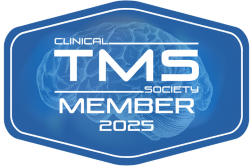Therapy
Discover the tremendous things you’re capable of achieving and create a more fulfilling life with the help of a Relief therapist. Our staff consists of therapists with varied expertise that we carefully match with patients to help them become the best version of themselves. We will do a short intake and match you with the most appropriate therapist based on your goals, geography, availability, and diagnosis.
Therapy is beneficial for a variety of challenging diagnoses including but not limited to depression, anxiety, mood instability, sexuality issues, trauma, self-injury, eating disorders, coping with loss, stress management, and more. Depending on your diagnosis, we use a variety of evidence-based modalities such as CBT, DBT, ERP, ACT.
We offer both telehealth and in person appointments. Schedules, geography, and provider will help determine how we see you.

